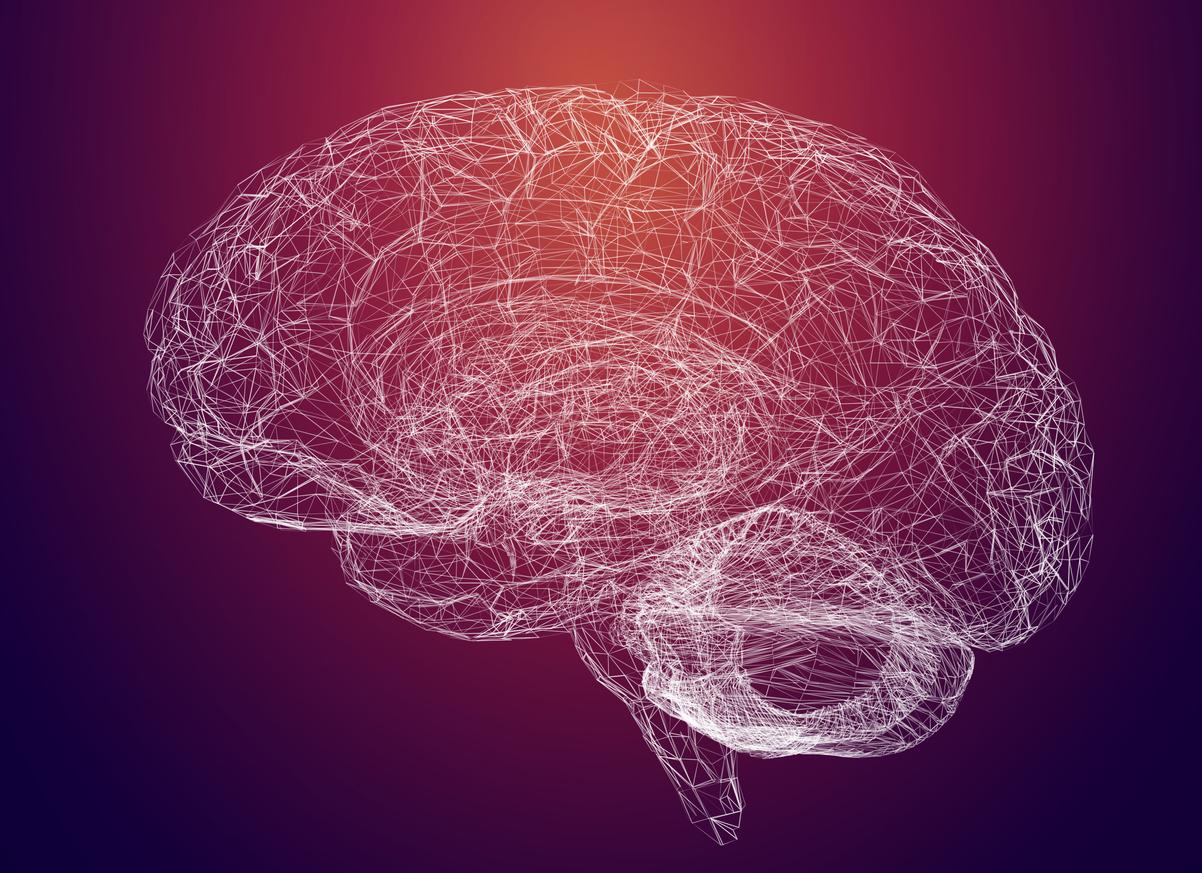By studying the genetic causes of Parkinson’s disease, a multidisciplinary research team has identified a new combination of active substances that could give access to a new treatment.

- One of the genetic origins of Parkinson’s disease would be due to the non-production of the DJ-1 protein, which plays a crucial role in maintaining the functioning of nerve cells.
- Research on stem cells has identified two active substances capable of reactivating the production of the DJ-1 protein.
Today affecting around 200,000 people in France and more than a million in Europe, Parkinson’s disease has become the second most common neurodegenerative disease after Alzheimer’s disease.
Characterized by a progressive loss of movement control and other motor symptoms such as tremors due to the degeneration of neurons that produce dopamine, Parkinson’s is considered a multifactorial disease, closely linked to environmental factors. However, there are 5% of genetic forms, due to mutations affecting specific genes, in particular the PARK7 gene.
New interdisciplinary work, led by Professor Rejko Krüger, from the Center for Systemic Biomedicine (LCSB) at the University of Luxembourg, has looked into the genetic causes of Parkinson’s disease. Published in the journal Science Translational Medicinethey may soon be able to come up with new treatments.
A key protein in triggering the disease
The researchers first identified the crucial role of a protein called DJ-1 in keeping nerve cells functioning: if the body is unable to produce large amounts of DJ-1, important nerve cells die. This results in the appearance of neurodegenerative diseases such as Parkinson’s disease. The production of important proteins like DJ-1 can be disrupted or stopped altogether if the genetic blueprints or production processes they encode are faulty.
For the first time, the research team succeeded in identifying the importance of an error in the production process in the development of Parkinson’s. Called “splicing”, this error causes DJ-1 production to malfunction. “This discovery fundamentally changes our view of the causes of disease and presents entirely new possibilities for treatment”says Dr. Ibrahim Boussaad, LCSB scientist and first author of the scientific article.
The combination of two active substances as a possible treatment
The other major stage of the work therefore consisted of research on stem cells. The researchers recruited 800 healthy control subjects, from whom they harvested skin cells.
These epithelial cells have been reprogrammed to develop into nerve cells in vitro, similar to neurons affected by Parkinson’s disease. Using this method, the research team was able to explain the cause of the genetic form of Parkinson’s disease in which the PARK7 gene is mutated.
The last stage of the work consisted in carrying out, using algorithms, the search for active substances allowing the production of the DJ-1 protein. Two substances have thus been identified: phenylbutyric acid and RECTAS (for RECTifier of Aberrant Splicing). Administered in combination, these two active substances allow the cells in the test tube to effectively reactivate the production of the DJ-1 protein.
A sprawling work of seven years made possible thanks to a multidisciplinary approach. “Only by combining many disciplines – from medical practice to laboratory research to IT – were we able to understand the cause and at the same time identify active substances for potential treatment”explains Professor Rejko Krüger.

.

















